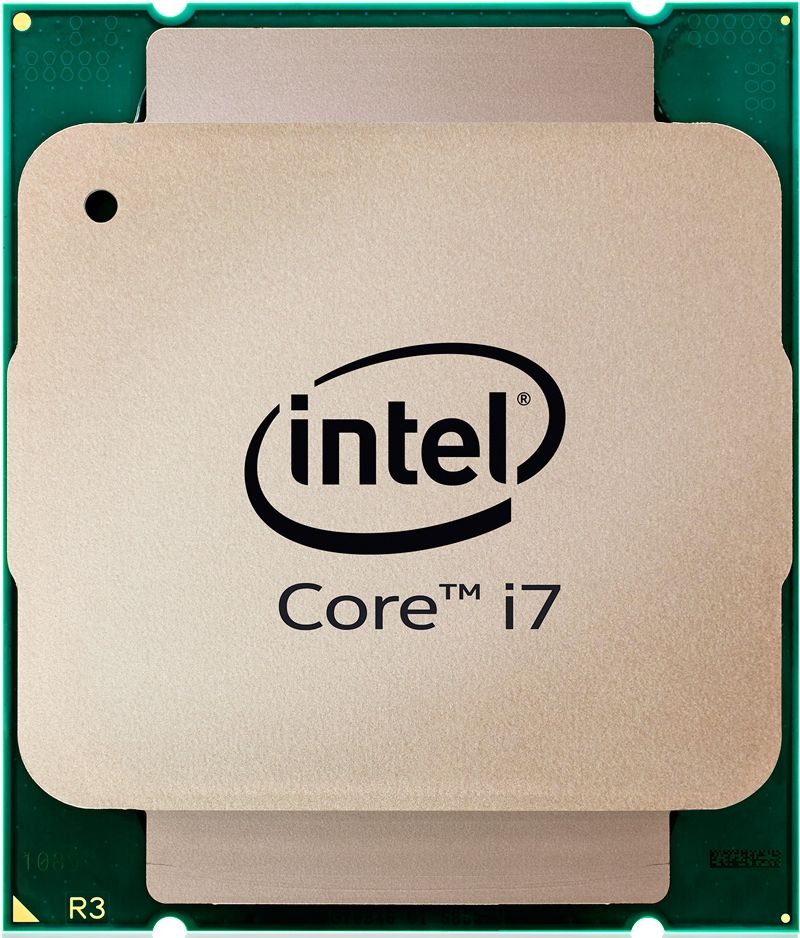“Side channel” in Haswell CPUs lets researchers bypass protection known as ASLR. Researchers have devised a technique that bypasses a key security protection built into just about every operating system. If left unfixed, this could make malware attacks much more potent.
ASLR, short for “address space layout randomization,” is a defense against a class of widely used attacks that surreptitiously install malware by exploiting vulnerabilities in an operating system or application. By randomizing the locations in computer memory where software loads specific chunks of code, ASLR often limits the damage of such exploits to a simple computer crash, rather than a catastrophic system compromise. Now, academic researchers have identified a flaw in Intel chips that allows them to effectively bypass this protection. The result are exploits that are much more effective than they would otherwise be.
Nael Abu-Ghazaleh, a computer scientist at the University of California at Riverside and one the researchers who developed the bypass, told Ars:
ASLR is an important defense deployed by all commercial Operating Systems. It is often the only line of defense that prevents an attacker from exploiting any of a wide range of attacks (those that rely on knowing the memory layout of the victim). A weakness in the hardware that allows ASLR to be bypassed can open the door to many attacks that are stopped by ASLR. It also highlights the need for CPU designers to be aware of security as part of the design of new processors.
An Intel spokesman said he was investigating the research paper.
Abu-Ghazaleh and two colleagues from the State University of New York at Binghamton demonstrated the technique on a computer running a recent version of Linux on top of a Haswell processor from Intel. By exploiting a flaw in the part of the CPU known as the branch predictor, a small application developed by the researchers was able to identify the memory locations where specific chunks of code spawned by other software would be loaded. In computer security parlance, the branch predictor contains a “side channel” that discloses the memory locations.
When branches collide

Working as a cyber security solutions architect, Alisa focuses on application and network security. Before joining us she held a cyber security researcher positions within a variety of cyber security start-ups. She also experience in different industry domains like finance, healthcare and consumer products.












